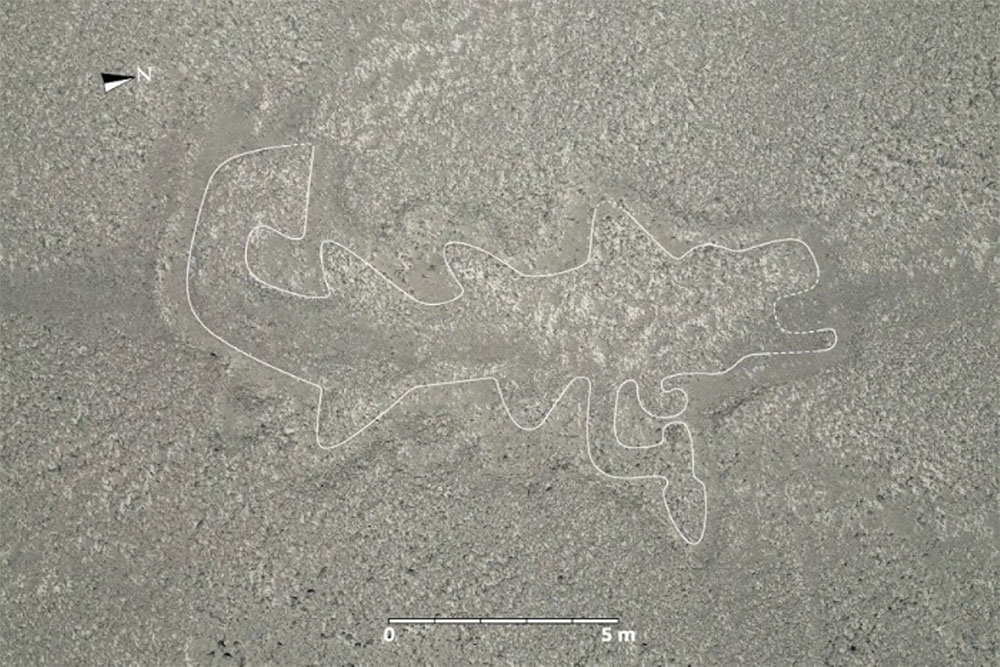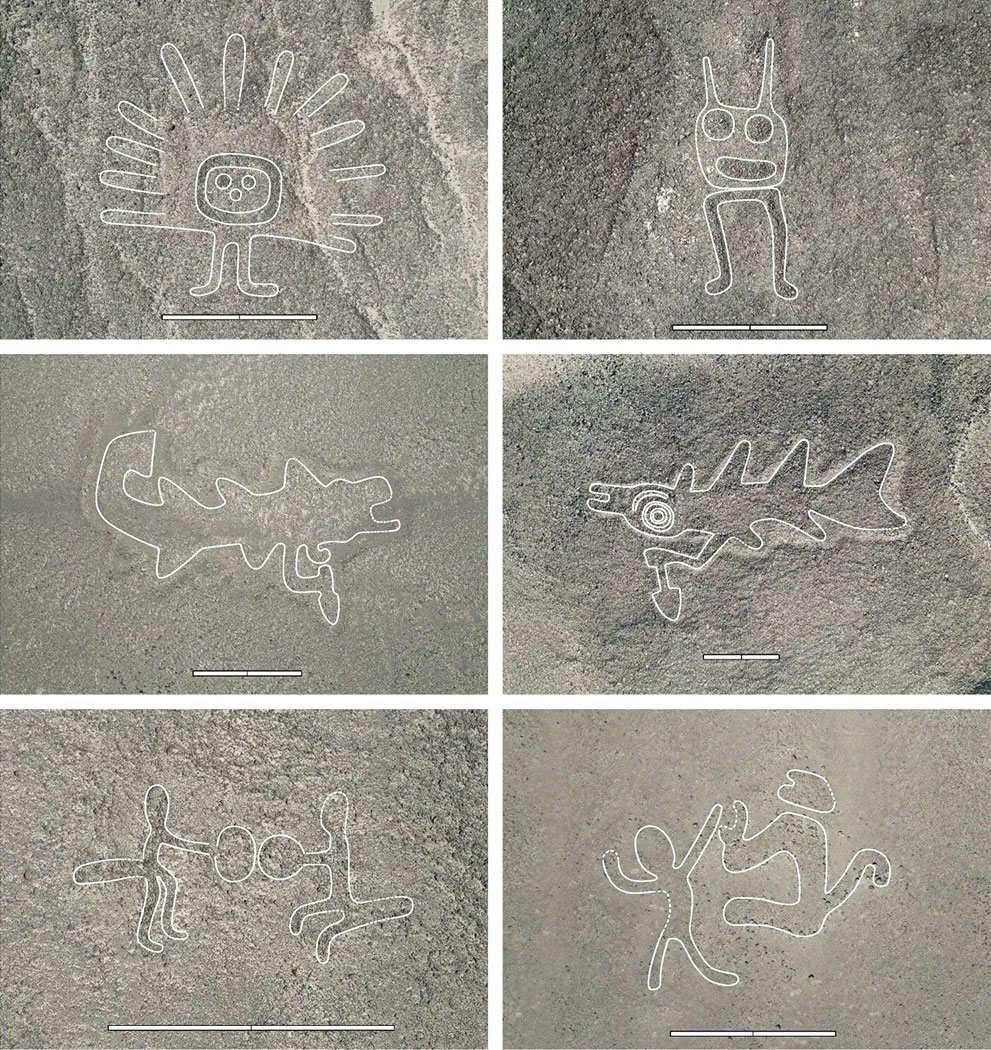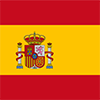- admin
- 7 de October de 2024
- Cultural Destinations

The 303 new geoglyphs found recently in Nazca Pampa (Plain) by scientists from Japan’s Yamagata University, with the help of artificial intelligence (AI), are older than the emblematic Nazca Lines, declared a World Heritage Site by UNESCO in 1994, the Peruvian Ministry of Culture highlighted on Wednesday.
The ministry said these new figures were found on the slopes and hills of Nazca Pampa. Similarly, it confirmed that these geoglyphs were identified thanks to the use of drones and the help of AI, which allowed their outlines to be determined in greater detail.
The government agency underscored that this scientific achievement was obtained thanks to the Specific Agreement for Inter-institutional Cooperation with Japan’s Yamagata University.
It added that, through the Decentralized Culture Directorate in Ica region, the work that began in 2010 is being supervised and continues to reveal new figures in Nazca Pampa.
On this occasion, they were identified thanks to the use of drones and the help of AI, which enabled their outlines to be determined in greater detail.

The Culture Ministry underlined that the use of AI -applied by researchers from the Nazca Institute at Yamagata University, in collaboration with IBM Research- doubles the number of figures previously known and has launched a new chapter in the understanding of the monumental lines.
The discoveries made represent anthropomorphic (human) motifs and, to a lesser extent, motifs of animals from the area and other figures found near paths and roads crossing the Nazca Pampa that have been carved in high and low relief, which are usually found in groups and are small in size compared to the famous Nazca Lines.
As emphasized by specialists from the Culture Ministry and Yamagata University, these are figures older than the Nazca Lines and were carved on the slopes and hills of the area to be seen by people, unlike the Nazca Lines —inscribed on the UNESCO World Heritage List— which are larger and were carved on flat areas to be seen from above.
According to studies, the recently-discovered figures are likely to be related to everyday activities, such as road markers, kinship group representation, and small-scale rituals; while the Nazca Lines had a larger religious purpose related to rituals linked to water and fertility.
The team of archaeologists from Yamagata University —led by Dr. Masato Sakai and Jorge Olano (University of Paris)— has been working in the Nazca area, specifically in Nazca Pampa, since 2010.
Lastly, the government agency mentioned that these works were initially part of several research projects related to the Nazca Lines and then, since 2015, through research programs that follow the rules established in the Regulation for Archaeological Interventions (RIA); all within the framework of a Specific Interinstitutional Cooperation Agreement signed between the Peruvian Ministry of Culture and the Japanese Yamagata University.


